Following the introduction of many local people, we went to the house of Ms. Nguyen Thi Chuc (commonly known as Hanh Tiep), in Hoc village, Nghia Do commune, Bao Yen district. Ms. Tiep is skilled in cooking colored sticky rice, also known as five-color sticky rice. She knows how to use many types of leaves, plants, and natural roots to create different colors of sticky rice. Not only is she assigned to prepare this dish for her family's feasts when there is an event, but Ms. Tiep is also ordered by many people when needed.
My mother taught me how to cook five-color sticky rice when I was young. After I got married, I cooked it more often. People often complimented the deliciousness and beautiful colors of my sticky rice, so they often asked me to cook it for them whenever they had an event. Now, I not only know how to make five-color sticky rice, but I can also make seven colors or more if I want.
Ms. Tiep said:
The secret lies in the coloring formula of each natural ingredient and the standard ratio. Normally, in addition to sticky rice, the main ingredient to color sticky rice is purple leaves. The Tay people often plant purple leaves around the house for convenience in making sticky rice. Purple leaves are easy to grow and prefer humid places. There are two types of purple leaves. At first glance, they seem identical because they have the same shape and purple flower color, but according to Ms. Tiep, if you look closely, you will discover: one type has smaller and longer leaves called red purple leaves. The other type has larger leaves and thicker veins, with white edges called purple purple leaves. When these two types of leaves are boiled or pounded fresh, filtered to get water to soak in sticky rice, they will create different colors. Ms. Tiep's story about discovering the mystery in those leaf colors surprised me.
Sharing the secret to creating color from purple leaves, Ms. Tiep said: Purple color comes from purple leaves; red color comes from red leaves. But the color is dark or light depending on the processing method. For example, if purple leaves are boiled, they will turn purple, but if pounded when the leaves are still fresh and mixed with the ash of sticky rice straw in the right proportion, they will turn blue.
Five-color sticky rice usually has 5 colors: green, red, purple, yellow, white. In addition to purple leaves, the Tay people also use natural plants, tubers, and roots grown in their gardens or taken from the forest to color the sticky rice, such as: green from pandan leaves; yellow from fresh turmeric; red from gac fruit...
After creating color from these leaves, plants, and tubers, they will be soaked with sticky rice for about 30 minutes, depending on the amount of rice. The secret to making the rice color quickly is to soak it in warm water. The Tay people often use the traditional method of steaming sticky rice, which is steaming in a wooden steamer. The process of steaming sticky rice must keep the heat even at all corners, just right, not too big, not too small, and full of charcoal so that the sticky rice is cooked soft and fragrant.
Depending on the amount of sticky rice, people can steam each color separately or steam all colors in one pot. If the amount of sticky rice is small and can be steamed in one pot, Ms. Tiep often uses a tray (a piece of woven bamboo with holes to let hot steam through) to separate the layers of sticky rice so that the colors do not mix. Or if there is no separator, people can pour the dark-colored rice to the bottom, then the lighter-colored rice on top.
Each steamer of sticky rice can make about 3 kg of rice on average, steaming for 40 - 50 minutes until the sticky rice is soft and cooked. According to Ms. Tiep's experience, when putting rice in the steamer, you need to calculate so that the rice is about 10 cm from the mouth of the steamer, then when the sticky rice is cooked, gradually push it up to the mouth of the steamer, that's enough. That's also when the sticky rice is cooked evenly. Sticky rice is cooked by steam, soft, sticky but not sticky. Sticky rice is usually wrapped in dong leaves to keep warm, keeping it soft for a long time.
The Tay people believe that each color of sticky rice contains a deep meaning and message about spirituality and philosophy of life. Green sticky rice represents the desire for peace , the color of the vast mountains and forests, the vast sky and earth. White sticky rice symbolizes purity, originality, sincerity. Red sticky rice is the desire to live, the spirit of solidarity. Yellow represents prosperity, abundance, and prosperity. Purple represents faithful, steadfast, and eternal love...
The five-color sticky rice tray is often displayed in the center of the tray, creating a more beautiful color and embodying the spirituality of the Tay people. Moreover, it also shows solemnity and respect in the offering tray to ancestors on holidays, weddings, and harvest festivals. Five-color sticky rice is often eaten with grilled meat, grilled fish, grilled chicken, or simply eaten with sesame salt or peanut salt to enhance the rich flavor of the dish.
Ms. Hoang Thi Mai, Ms. Tiep's mother, said.
Depending on the place, the way to arrange five-color sticky rice is also different. Some places will arrange sticky rice in the shape of a five-petal flower, each petal representing a color. Some places mix the colors of sticky rice together. However, no matter how it is arranged, five-color sticky rice symbolizes luck and goodness. If you have the opportunity to visit the Tay villages in Nghia Do, Bao Yen district or neighboring areas, visitors should stop to enjoy five-color sticky rice to feel the fragrant sticky rice and the hospitality of the people here.
Source: https://baolaocai.vn/bi-an-mau-la-me-man-sac-xoi-post398762.html



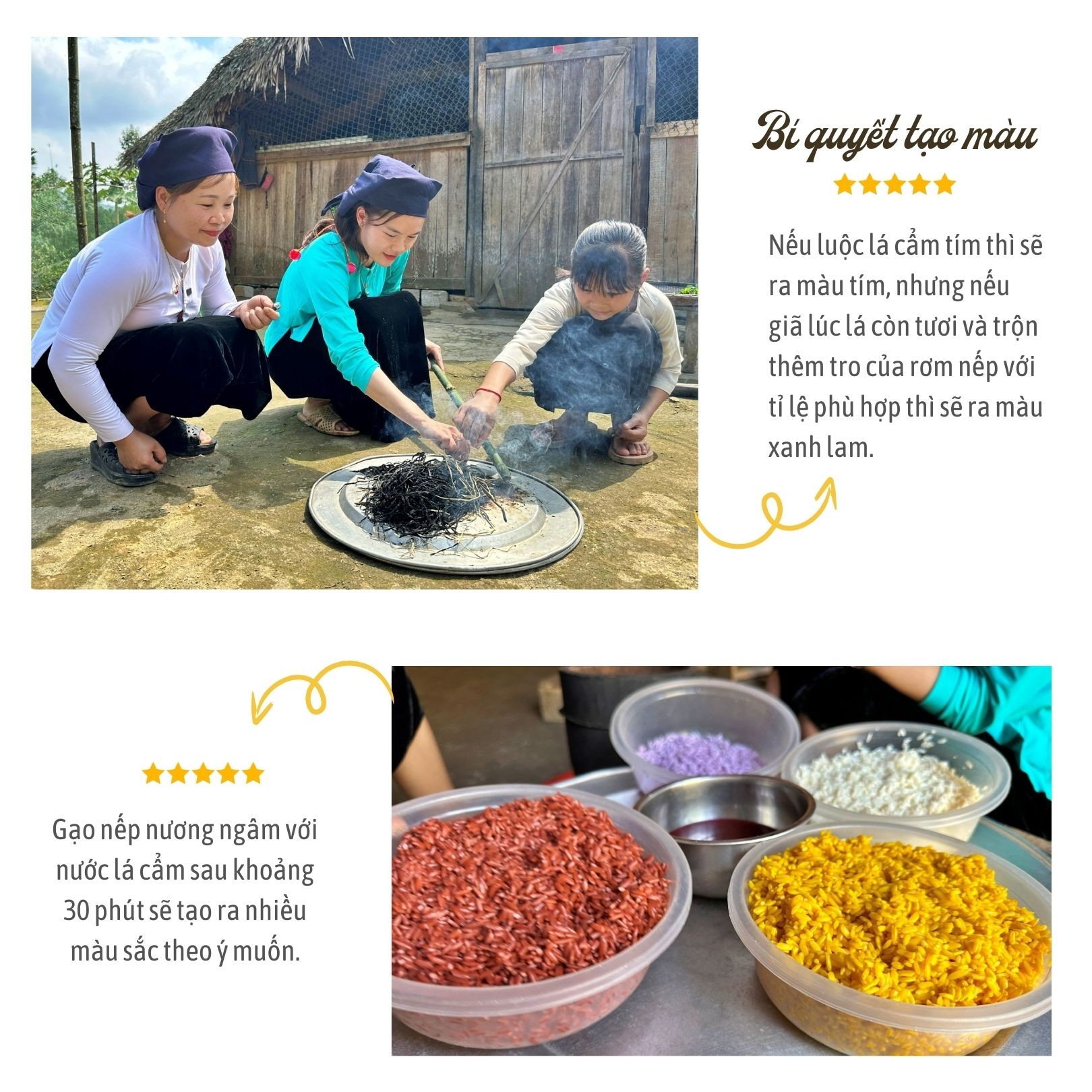
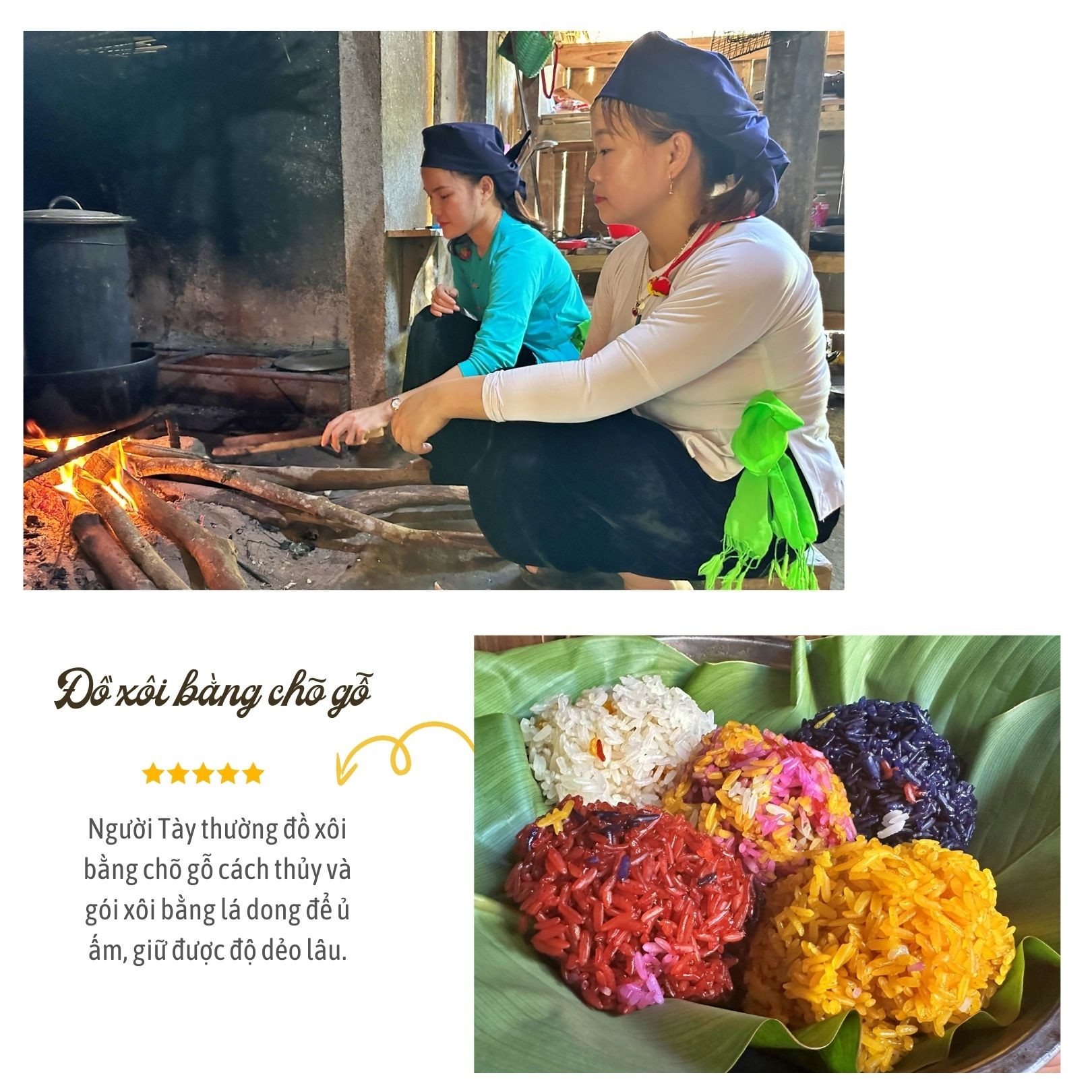
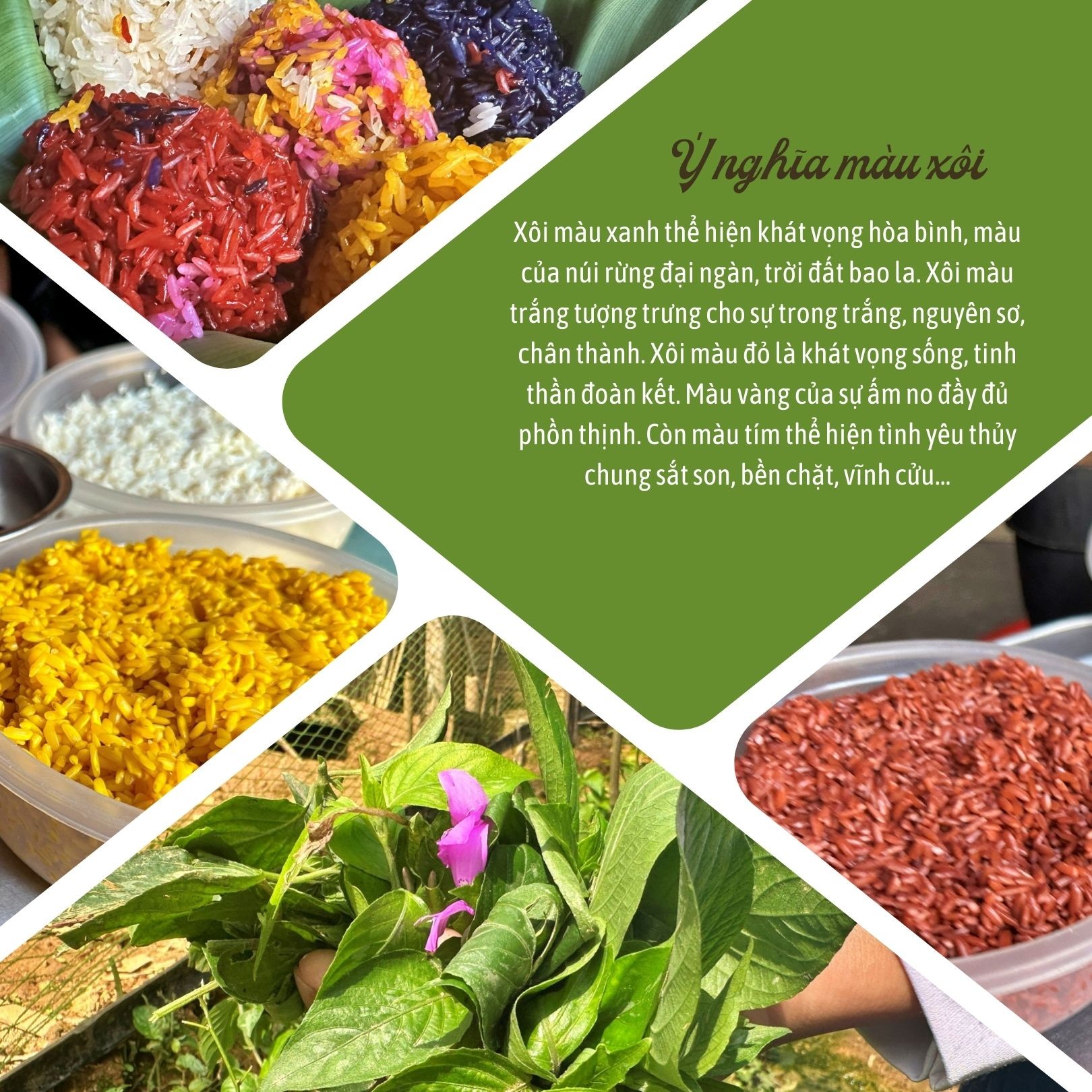



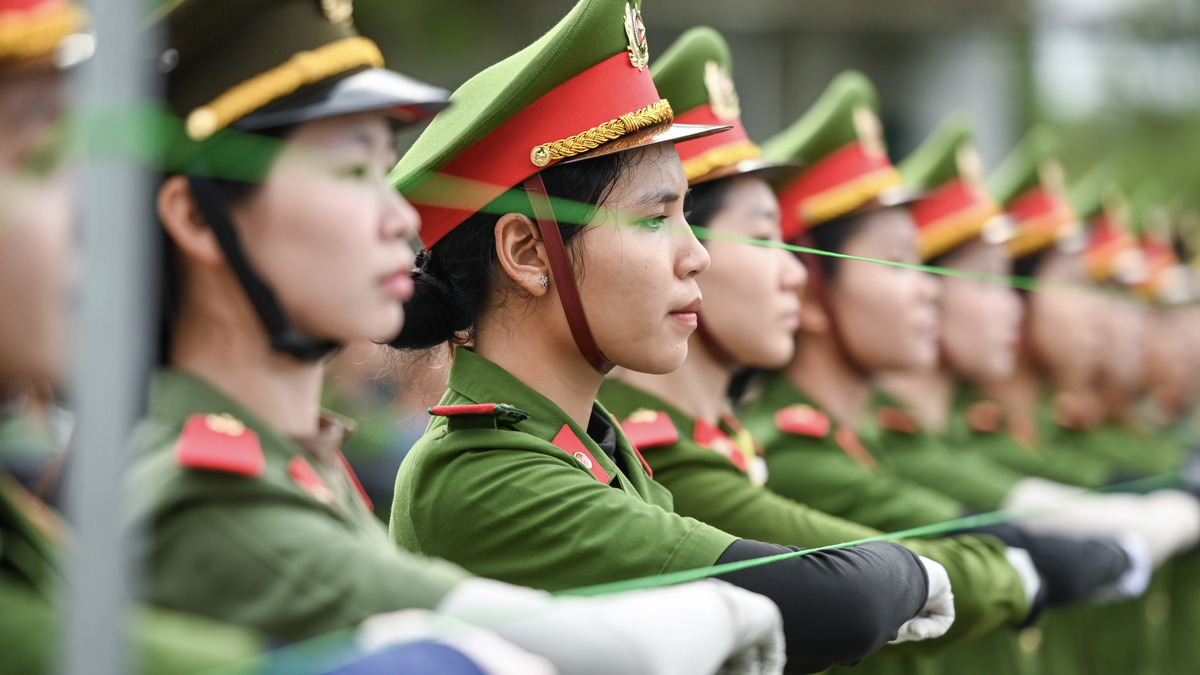


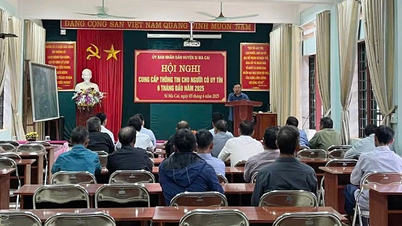
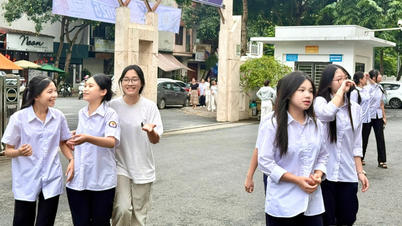
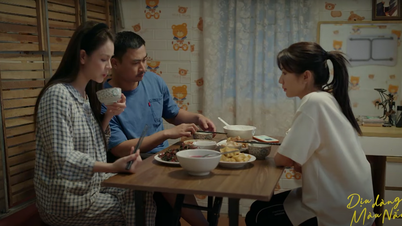

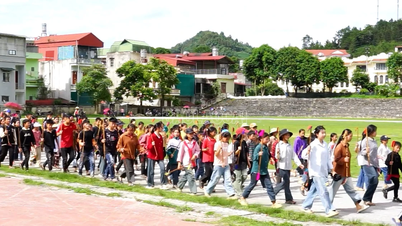

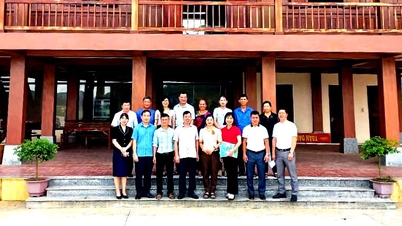





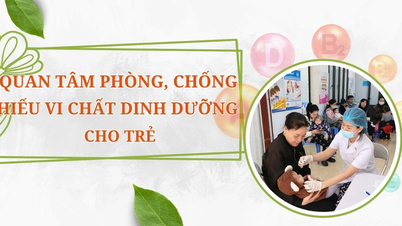
![[PHOTO] Every day - thousands of tons of steel billets are produced](https://vphoto.vietnam.vn/thumb/402x226/vietnam/resource/IMAGE/2025/6/1/5bee7c0e398d4534b0cdbde0cc739add)
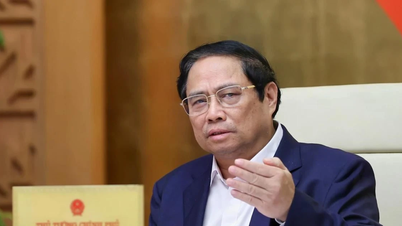
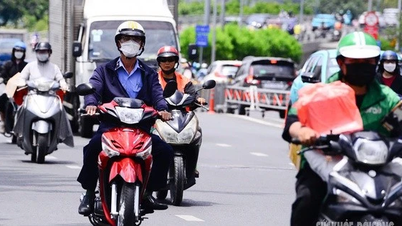









































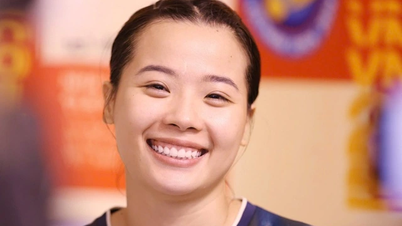
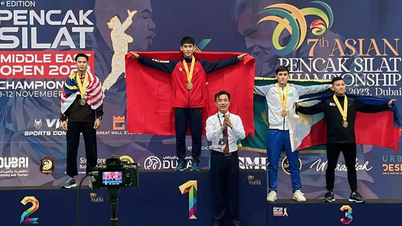

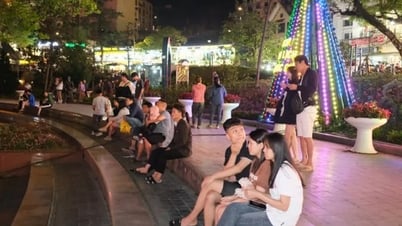
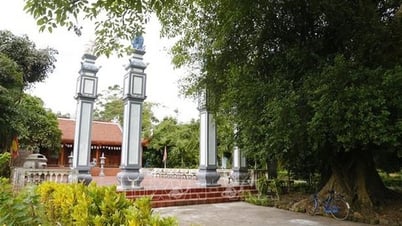


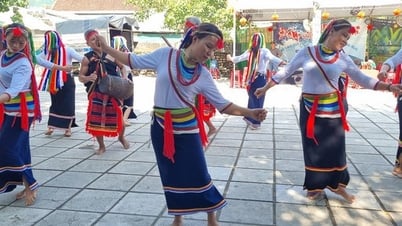


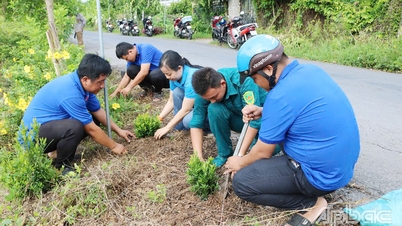
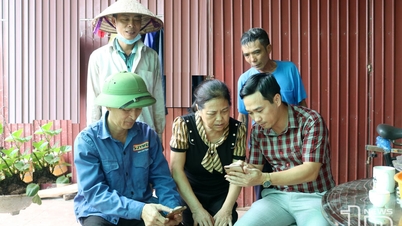
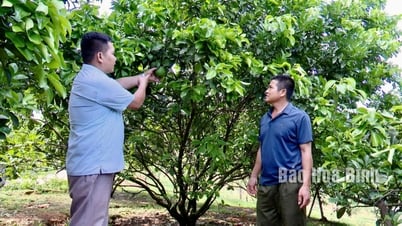
















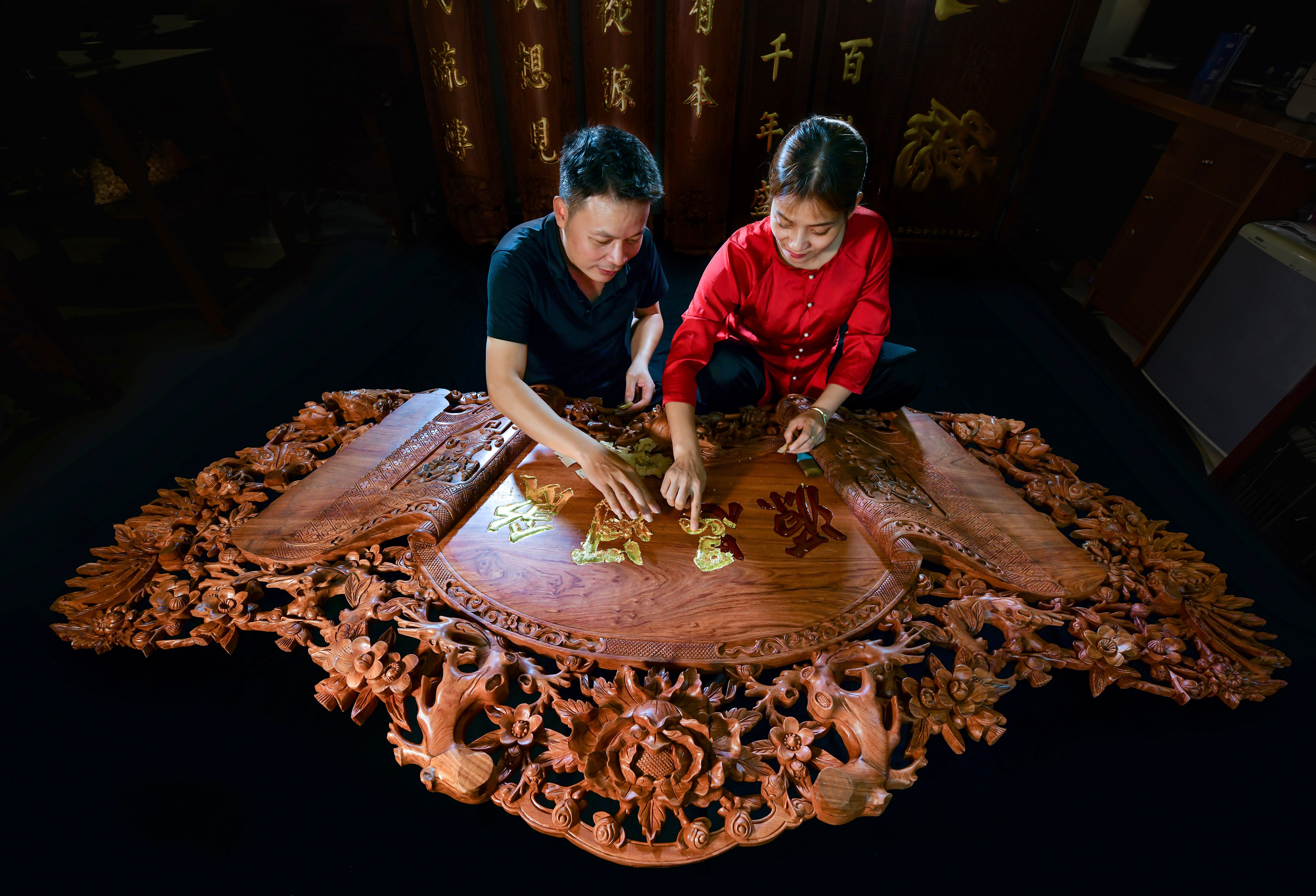
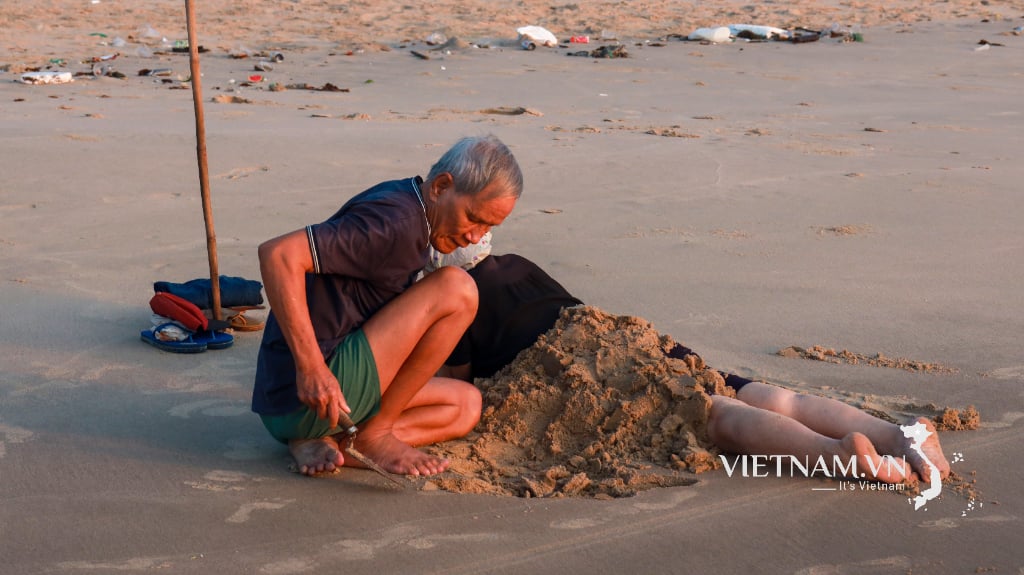

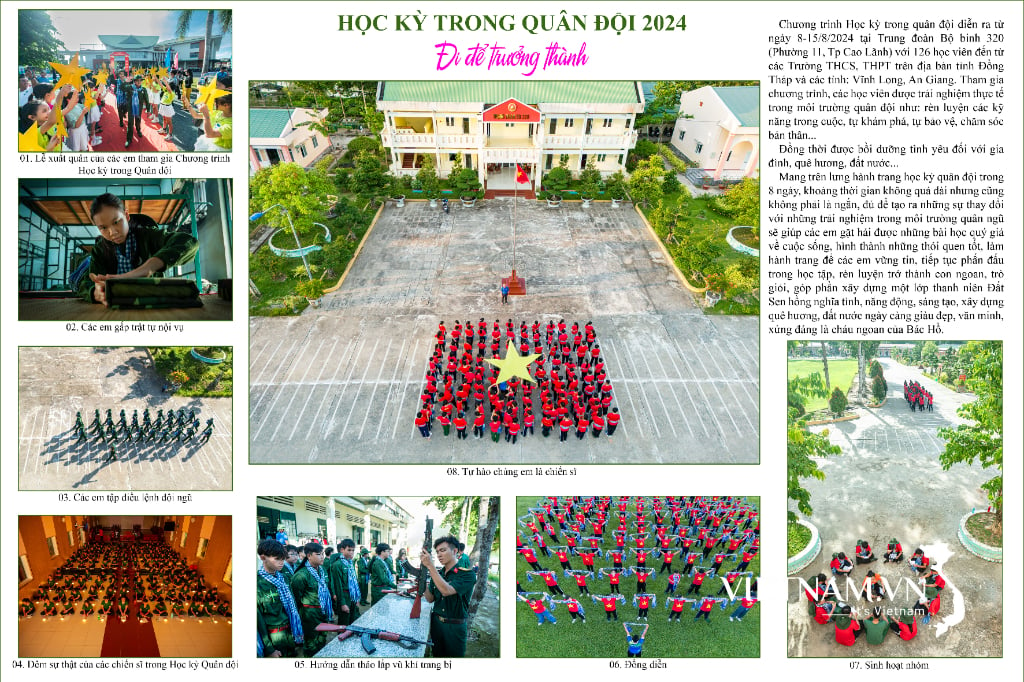
Comment (0)